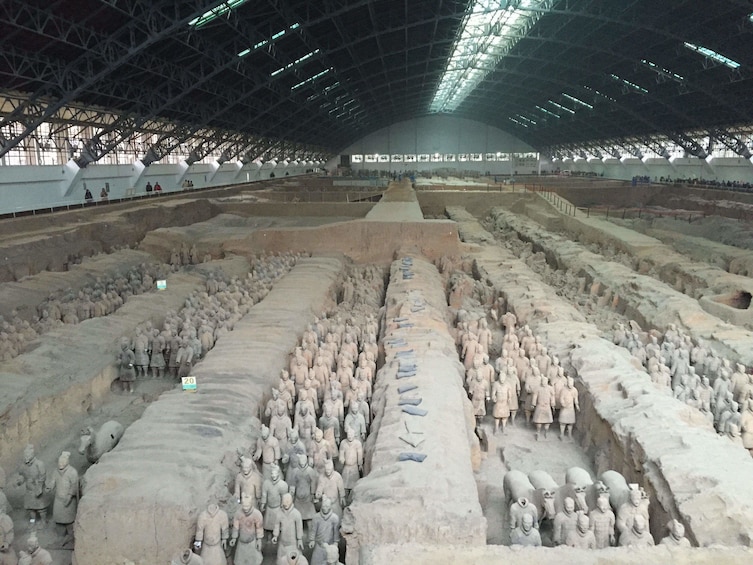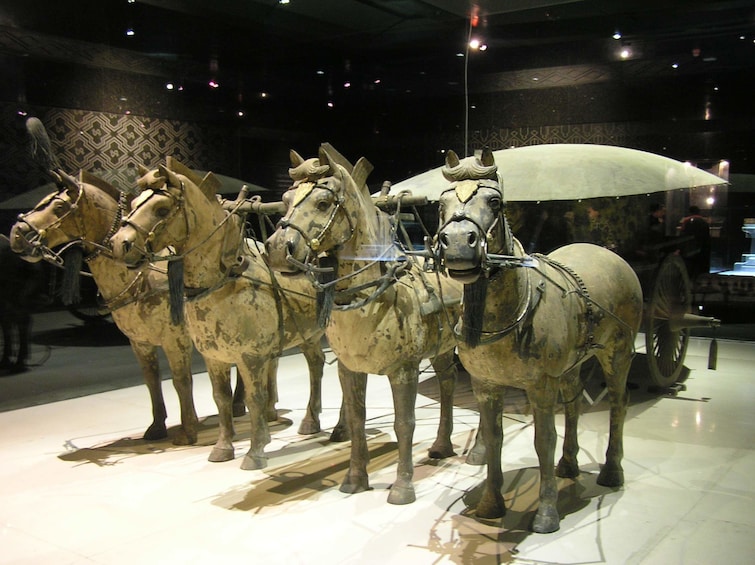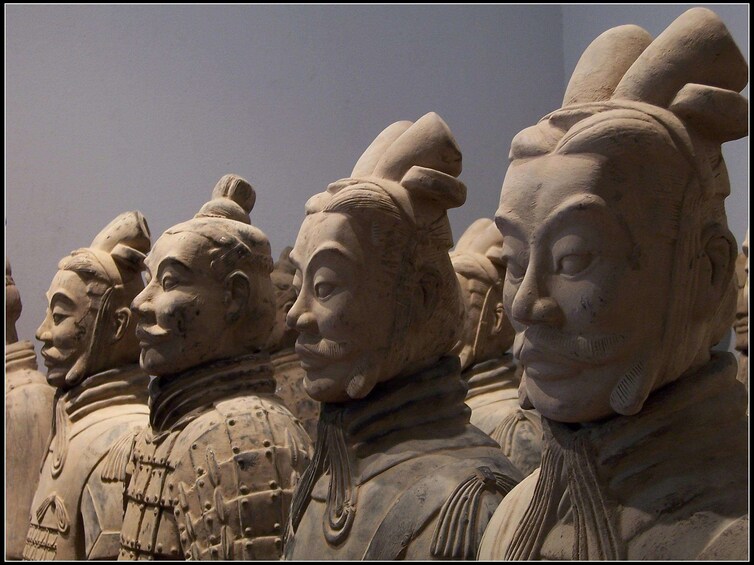Xi'An, the eternal city, records the great changes of the Chinese nation just like a living history book. Called Chang'An in ancient times, Xi'An is one of the birthplaces of the ancient civilisation in the Yellow River Basin area of the country. During its 3,100 year development, 13 dynasties placed their capitals here. So far, Xi'An enjoys equal fame with Athens, Cairo, and Rome as one of the four major ancient civilisation capitals.
Terra Cotta Warriors and Horses are the most significant archaeological excavations of the 20th century. Work is ongoing at this site, which is around 1.5 kilometres east of Emperor Qin Shi Huang's Mausoleum. It is a sight not to be missed by any visitor to China. Upon ascending the throne at the age of 13 in 246 BC, Qin Shi Huang, later the first Emperor of all China, had begun to work for his mausoleum. It took 11 years to finish. It is speculated that many buried treasures and sacrificial objects had accompanied the emperor in his after life. The Terra Cotta Warriors and Horses is a sensational archaeological find of all times. It was listed by UNESCO as one of the world cultural heritages.
The City Wall adorned with a moat and the circular park, the wall surrounds the square inner city of Xi'An. It is the most complete city wall to survive in China, as well being one of the largest ancient military defensive systems in the world, built first in the early Ming Dynasty and renovated in recent years.




